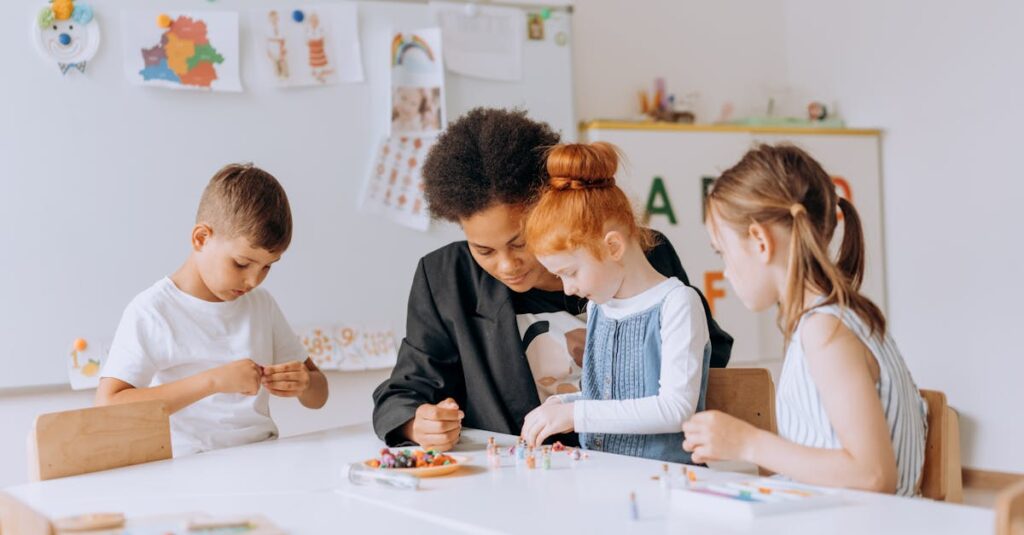The Rise of AI in Education
Imagine a world where robots are teaching our kids. Sounds like sci-fi, right? The reality may surprise you. Artificial intelligence (AI) in education is not new. However, its role is becoming more central, raising questions about traditional teaching methods. AI-powered tools can personalize learning, making education accessible to all. But can they replace human teachers entirely? Let’s dive in.
AI in education is transforming the way students learn and teachers instruct. By leveraging data and algorithms, AI can identify individual learning gaps and tailor lesson plans to each student’s needs. This personalized approach not only enhances understanding but also cultivates a student’s passion for learning.
Moreover, AI can provide real-time feedback, helping students track their progress and areas for improvement. This instant feedback loop empowers learners to take control of their education and fosters a more independent learning environment.
The Future of Education
As AI continues to evolve, the future of education holds exciting possibilities. From virtual classrooms to immersive learning experiences, AI has the potential to revolutionize the education sector. While AI can never replace the empathy and mentorship provided by human teachers, it can complement traditional teaching methods and bridge gaps in the current education system.
- Enhanced personalization of learning
- Improved feedback mechanisms
- Efficient resource allocation
- Expanded access to quality education
Embracing AI in education requires a careful balance between technological advancement and human touch. By harnessing the power of AI, we can create a more inclusive and effective educational ecosystem that prepares students for the challenges of tomorrow.
Personal Tales: My AI Tutor Experience
Remember the feeling of getting a gold star from your teacher? Now imagine getting a digital high-five from a computer. My first encounter with an AI tutor felt strange. It adapted to my learning pace, offering custom lessons. Yet, it missed the warmth of human encouragement.
Personal stories like mine showcase the potential and limits of AI in education.
Image source: Pexels
Finding the Balance: AI vs. Teacher
Finding the right mix between AI and human teachers is key. AI excels in personalizing lessons and providing instant feedback. However, teachers bring empathy, understanding, and the ability to inspire. Balancing these strengths can lead to an enriched learning environment.
Enhanced learning environments are achievable when the unique attributes of AI and human teachers are harmoniously combined. While AI can efficiently adapt content to suit individual learning styles and provide immediate assessment, human teachers offer irreplaceable emotional support and motivation. By integrating these capabilities, students can benefit from a well-rounded educational experience.
Emotional Intelligence: Can AI Measure Up?
Emotional intelligence (EQ) is where AI falls short. Teachers read the room, sense emotions, and adapt. They provide support and motivation. AI, despite advances, can’t replicate these human nuances. EQ plays a crucial role in effective teaching, highlighting the irreplaceable value of human educators.
The Role of Parents in AI-Assisted Learning
As parents, our role in navigating AI-assisted learning is vital. We should foster environments where AI tools complement, not replace, traditional teaching. Encouraging critical thinking and emotional development alongside AI learning is crucial. Our involvement ensures kids get the best of both worlds.
Looking Forward: The Future of Education With AI
The future of education with AI looks promising but complex. Integrating AI in ways that enhance rather than replace human interaction is the challenge. The aim? A harmonious blend of technology and traditional teaching methods, preparing our kids for a future where they can thrive.

